





 |
 |
 |
 |
 |
 |
| Sandra Jackson | profile | all galleries >> Galleries >> The AVRO Arrow CF-105 | tree view | thumbnails | slideshow |

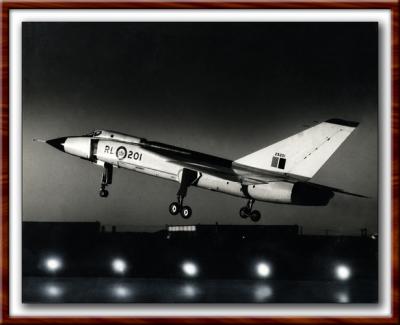 AVRO Arrow - night flight |
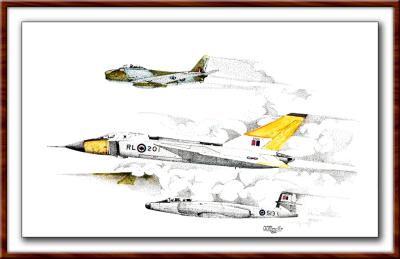 AVRO Arrow sketch |
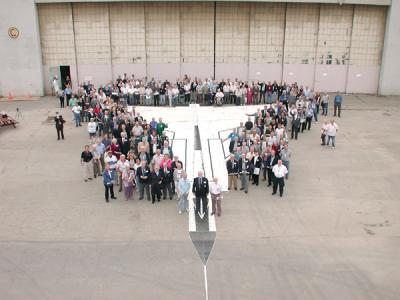
[ ~45th Avro Arrow Roll-out Anniversary~ ] |
 original taxiway |
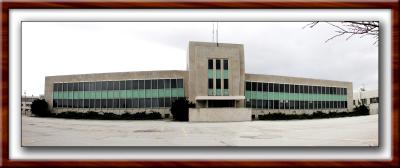 AV Roe building |
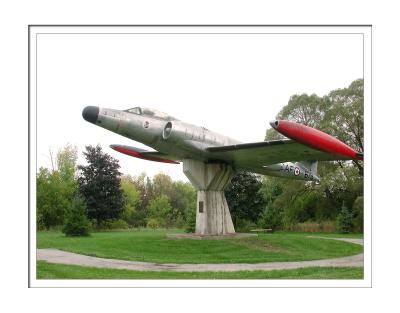 Avro CF100 |
 Avro CF100 plaque |
| comment |
| T Martindale | 07-Jun-2015 02:41 | |
| Christopher Pike | 04-Dec-2014 05:03 | |
| Barbara | 13-Nov-2014 14:49 | |
| tim lucio | 08-May-2012 02:12 | |
| Kathleen A. Hicks | 26-Jan-2012 19:22 | |
| Guest | 11-Jul-2011 22:52 | |
| Guest | 11-Feb-2010 16:32 | |
| phil | 08-Dec-2009 19:32 | |
| scott | 06-Apr-2009 17:41 | |
| Pat McEachern Wiggins | 01-May-2008 15:22 | |
| Sandra Jackson | 07-Feb-2008 01:51 | |
| R. J. Clark | 06-Feb-2008 06:17 | |
| Amanda | 15-Dec-2007 17:32 | |
| Glen | 04-Apr-2007 19:31 | |
| Emery D Hyslop | 26-Feb-2007 01:58 | |
| Rory Trappe | 09-Feb-2007 22:22 | |
| Steph | 14-Dec-2006 22:37 | |
| Don Halls | 21-Feb-2006 07:37 | |
| James Pearce | 12-Jan-2006 23:02 | |
| John Hildebrandt | 17-Apr-2005 15:31 | |
| Jeff | 07-Nov-2004 00:43 | |
| Guest | 03-Nov-2004 07:41 | |
| geoff | 05-Sep-2004 22:05 | |
| Alastair ROSS | 04-Jun-2004 14:53 | |
| Guest | 11-Jul-2003 16:52 | |
| Sandra Jackson | 20-Mar-2003 00:13 | |
| Mike | 19-Mar-2003 21:49 | |
| Scott McArthur | 01-Nov-2002 01:18 | |